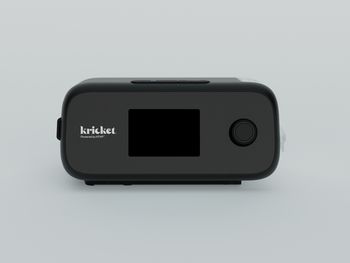
Managing patient messages: How one practice experimented with a new workflow
Primary care physicians are often inundated with messages from patients. Is there a better way for practices to manage this patient communication to help improve practice workflows and free up physician time?
Primary care physicians are often inundated with messages from patients. Is there a better way for practices to manage this patient communication to help improve practice workflows and free up physician time?
A study conducted at a primary care practice in Philadelphia may provide an answer for some practices: Tapping certified medical assistants to take first crack and filtering and routing such patient portal message. The authors found that it helped response time, lessened the flood of messages into physician inboxes and had other positive, interesting impacts.
The results of the study — authored by Jennifer N. Lee, MD, FAAFP; Laura Kurash, MD, Max Yang and Joseph Teel, MD, FAAFP — were published in the
Medical Economics recently sat down with Lee to discuss the study findings. Lee is medical director at Penn Family Care and vice chair of clinical operations at the Department of Family Medicine and Community Health at the University of Pennsylvania. She is also assistant professor of clinical family member at University of Pennsylvania’s Perelman School of Medicine.
This video is first in a series of clips from the interview with Lee. It covers the challenge of managing patient portal messages and how Lee's study experimented with using certified medical assistants to manage message flow.
Newsletter
Stay informed and empowered with Medical Economics enewsletter, delivering expert insights, financial strategies, practice management tips and technology trends — tailored for today’s physicians.








